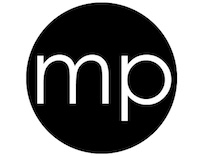La surveillance des marques : un réflexe stratégique à mettre en place
Lorsque votre activité commence à se développer, protéger votre marque ne suffit plus. Il devient essentiel de surveiller les nouveaux dépôts pour anticiper les risques, défendre ses droits et éviter les mauvaises surprises. Voici pourquoi une surveillance régulière des marques est un levier stratégique. Être alerté en cas de dépôt problématique Quand un concurrent ou […]
